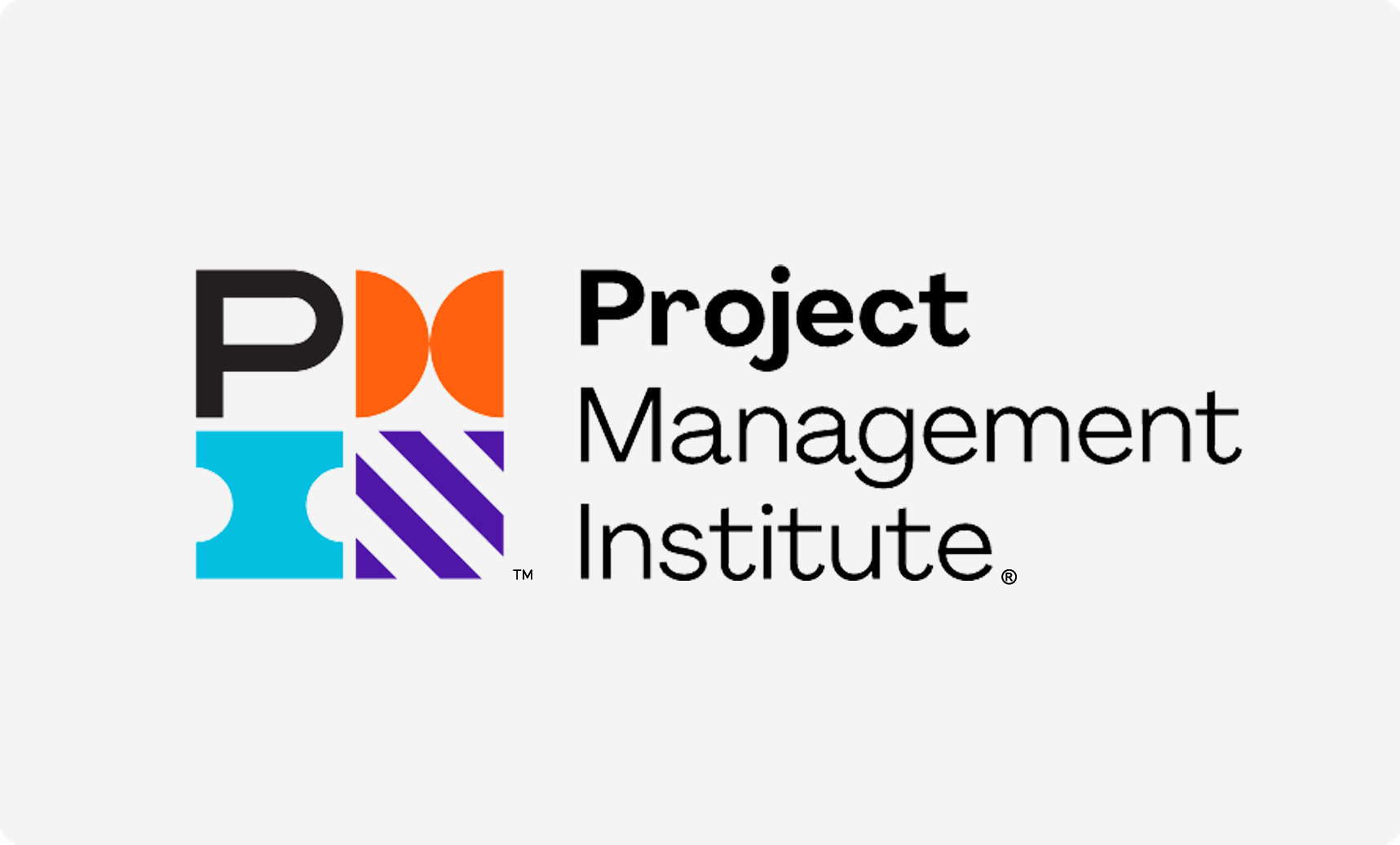PMP Exam Prep Bootcamp
This 4-day course provides all the tools you’ll need to prepare for and pass the PMP exam. Expect next-gen virtual training, expert instructors, and white glove service. It also provides you with the 35 educational contact hours required to sit for the exam. We incorporate hands-on activities throughout the course to break up the day and ensure you’re retaining concepts, leaving you with the confidence and tools to pass the PMP exam with flying colors.




NEXT-GEN ONLINE PMP TRAINING


PMP Exam Bootcamp
Our online PMP training course is specifically designed to help you pass the PMP exam on your first attempt. We will cover the latest in project management including business environment, Agile and adaptive approaches. Soon, you’ll have the gold standard of project management certifications — guaranteed.
Key Features of PMP Training ![]()
UPCOMING COURSES
Early Registration: 9+ Weeks Prior to Start Date
General Registration: 2 - 9 Weeks Prior to Start Date
Late Registration: Fewer than 2 Weeks Prior to Start Date
- Live Instructor?
- Live Online?
- Guaranteed to Run?
Looking to train a group?
FREQUENTLY ASKED QUESTIONS
Effective January 2, 2021, the Project Management Institute significantly revised the PMP certification exam. The new assessment emphasizes Agile and adaptive approaches to project management (such as Scrum, Kanban, and Lean). Much of the PMP exam still tests candidates on their knowledge of the predictive (“waterfall”) project management approach, but the new exam places a roughly 50/50 split on testing these two types of concepts.
The exam is also now structured into three domains (instead of being organized into the five process groups): Business Environment (8% of the exam), People (42%), and Process (50%). The new PMP exam is also available online, so it is no longer mandatory to sit for the exam in-person.
The PMP Exam Prep Workshop is a preparatory class for those looking to becoming a Project Management Professional (PMP) through PMI. This bootcamp satisfies the 35 continuing education hours required to apply for and take the PMP certification exam.

Any Project Management professionals that are looking to better understand Project Management “best practice” principles, tools, and techniques and those looking to sit for the PMP exam.
This is a prep course only. The PMP certification exam is delivered through PMI.
This is a full, 4-day course.
For students that are not yet PMP certified, this course does not offer PDUs but does provide students 35 educational contact hours required to sit for the PMP exam. For students that already have their PMP credential and are taking this course as a refresher, the course provides 35 PDUs.
A comprehensive course book, a course workbook, exercises, practice PMP certification exam questions, exam tips, PMI application support, flashcards, and a pre-class virtual workshop.
A few days before class, you will receive an email with details on how to access our virtual training room, and physical courseware will be delivered to your shipping address.
Our virtual classes are instructed in a way that mirrors the experience you would get from an in-person course. That way, students remain fully engaged and the information sticks!
If you fail the exam on the first attempt, you can retake the course at no cost (travel expenses are not included). If the course version has changed since you took the course, you can attend the PMP Bootcamp for only the cost of new materials.
COURSE SYLLABUS
- Governance
- Strategic Planning
- Portfolios and Program Management
- Traditional and Agile Roles
- Organizational Structures
- Estimate the Human and Physical Resources
- Acquire, Develop, and Manage the Project Team
- Identify Project Stakeholders
- Plan, Manage, and Monitor Stakeholder Engagement
- Communication Dimensions
- Plan, Manage, and Monitor Communications
- Agile Framework and Terminology
- The Agile Approach
- Sole Purview of a Project Manager
- Develop a Project Management Plan
- Direct and Manage Project Work
- Perform Integrated Change Control
- Close the Project
- Understand Project and Product Scope
- Collect Requirements
- Define Scope to Baseline View
- Validate Scope to Close Project
- Plan Schedule Management with Sponsor
- Build Out Schedule to Baseline View
- Control Schedule with Earned Value Management
- Plan Cost Management with Sponsor
- Estimate Costs and Determine Project Budget
- Control Budget with Earned Value Management
- Plan Quality Management
- Control Quality Management
- Manage Quality Management
- Risk Management Framework and Terminology
- Identify Risks for Probability and Impact Assessment
- Implement and Manage Risk Strategy
- Plan Procurement Management
- Determine Contract Types
- Select Sellers and Monitor Performance
Why Beyond20
Subject Matter Expertise
We understand that your goal is to learn effectively and get certified in one shot. After all, certification training can be a substantial investment. As such, it’s critical to us that you learn from someone who will help you retain key concepts and get you across the finish line efficiently.
But at the same time, who wants to take a boring class? If we’re going to spend a lot of time looking at screens, the material should at least be engaging. That’s why we’re hyper-focused on bringing variety to your virtual training experience. People learn differently, so we use several methods to teach concepts throughout the day.
White Glove Service
We all know that bad customer service is one of the most frustrating things there is. That’s why we’ve endeavored to create the kind of training experience that we would want for ourselves.
We're a US-based organization with offices in DC, Phoenix, and San Diego. Come through! Otherwise, we'll be happy to meet you virtually.
Rest assured: At Beyond20, our instructors are some of the world’s best. Not only do our full-time, in-house training staff have decades of experience in the field, but in many cases, we are the official authors of authoritative publications (e.g., ITIL). Working with Beyond20 means learning from the top subject matter experts out there. It means training and taking your exams with confidence.
Next-Gen Virtual Training
Depending on the course, this can include interactive whiteboards, breakout rooms, virtual sticky note walls, and more. We take this approach not only because it's more fun than simply memorizing terms, but because it works.
From the instant that you first reach out to us with a quick question, to that glorious moment when you learn you’ve earned the certification, our job is to make sure that every interaction you have with us is a positive one. If you look at our hundreds of Google-verified reviews, you’ll see that we take it seriously! Beyond20 is not a risky choice.
If you're PMP-certified, our courses will earn you PDUs!
People Also Bought
Project Management Fundamentals Training
This 1-day course covers best practices in Project Management including core concepts, terminology, and how to ensure projects succeed.
ITIL® 4 Foundation Training Course
This 2-day introductory course will teach you ITIL 4 basics and prepare you to pass the certification exam - guaranteed.


















